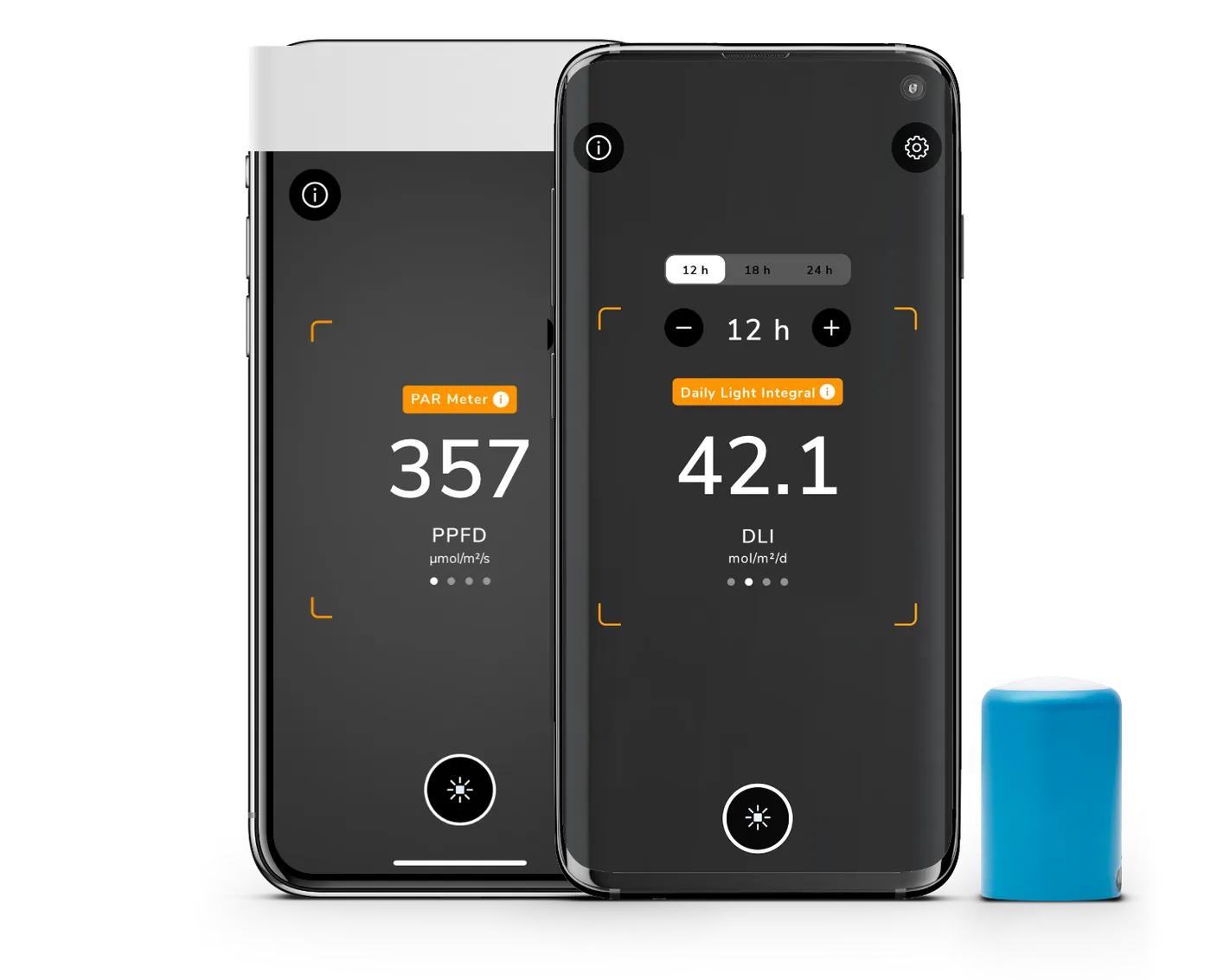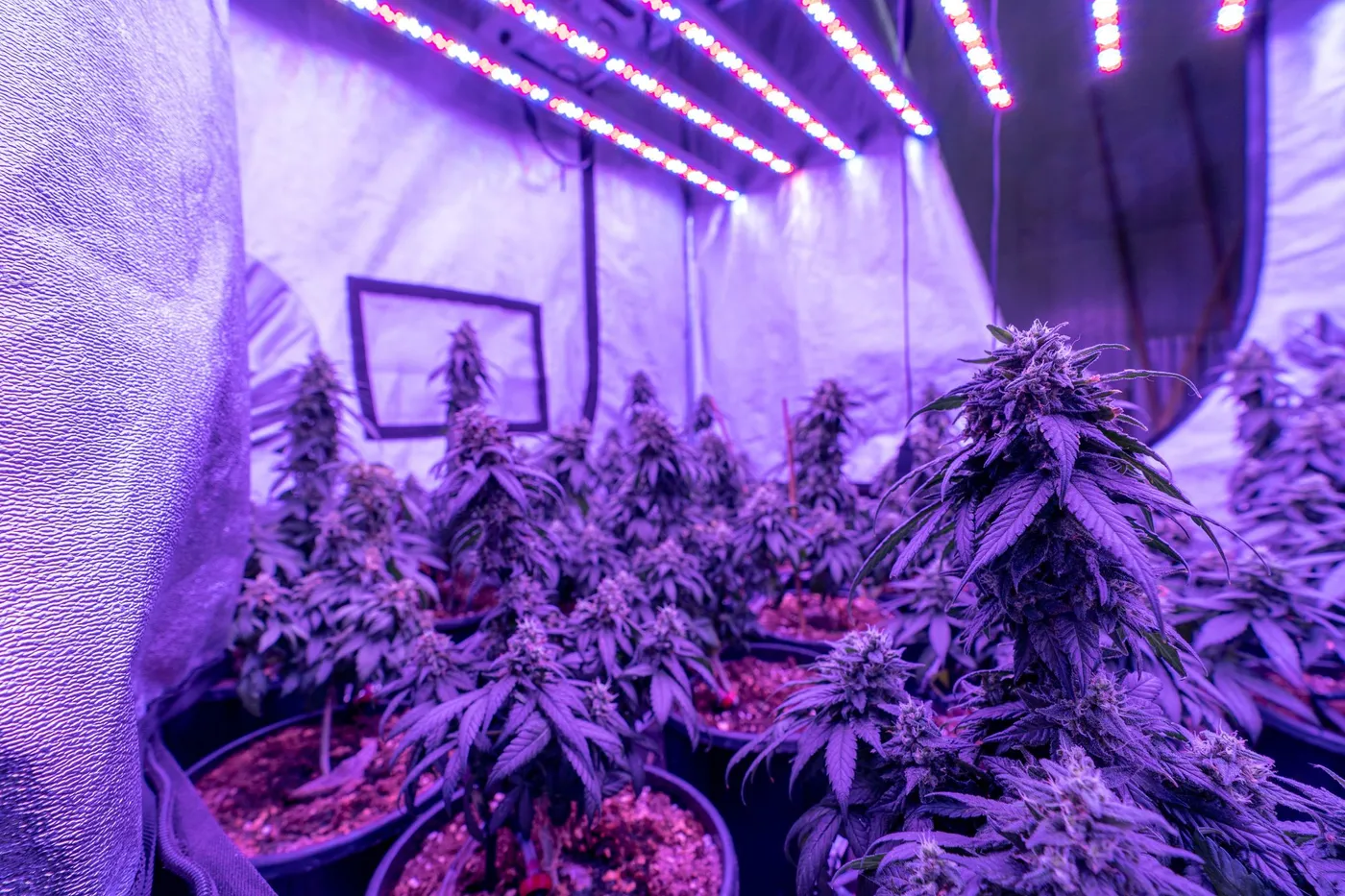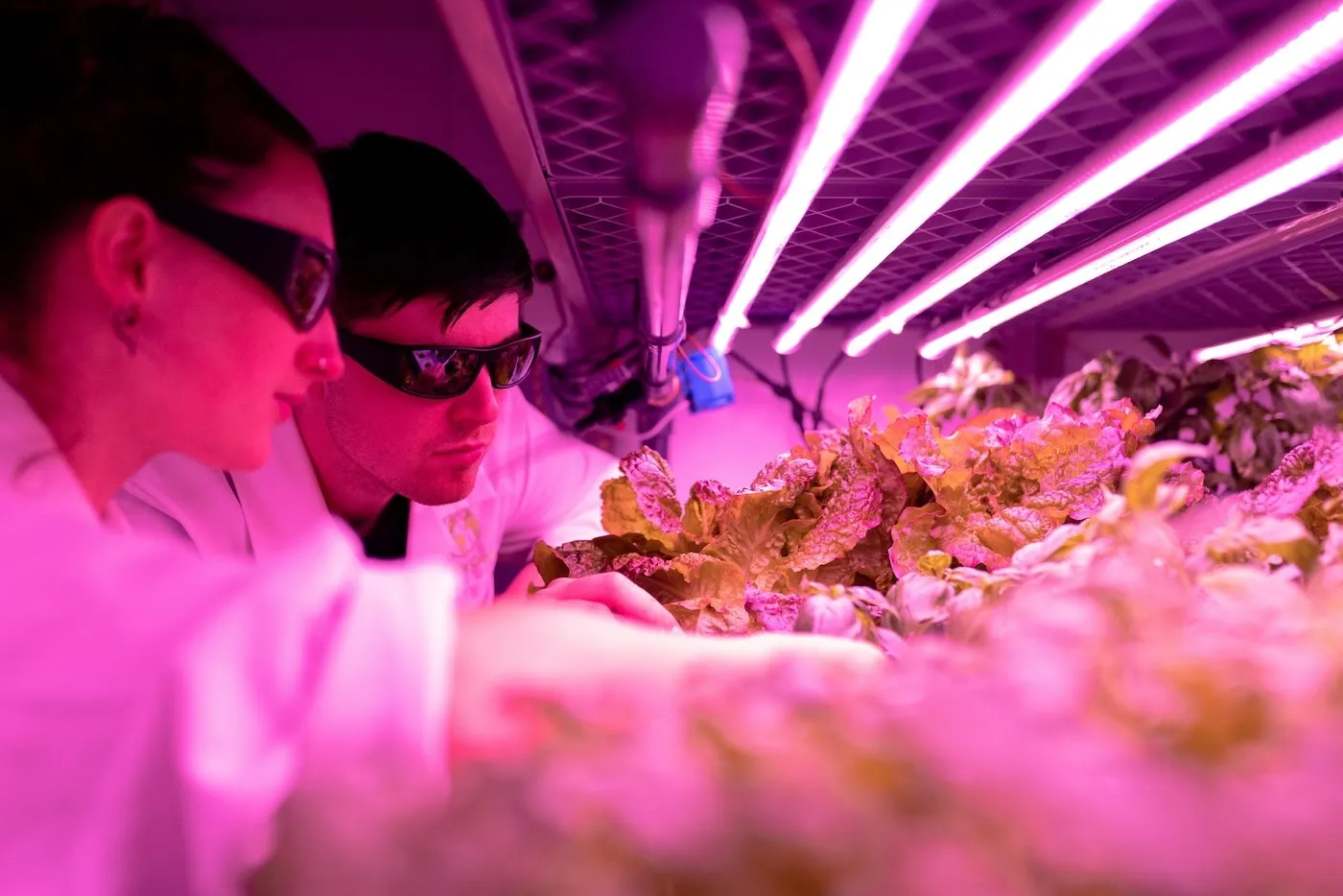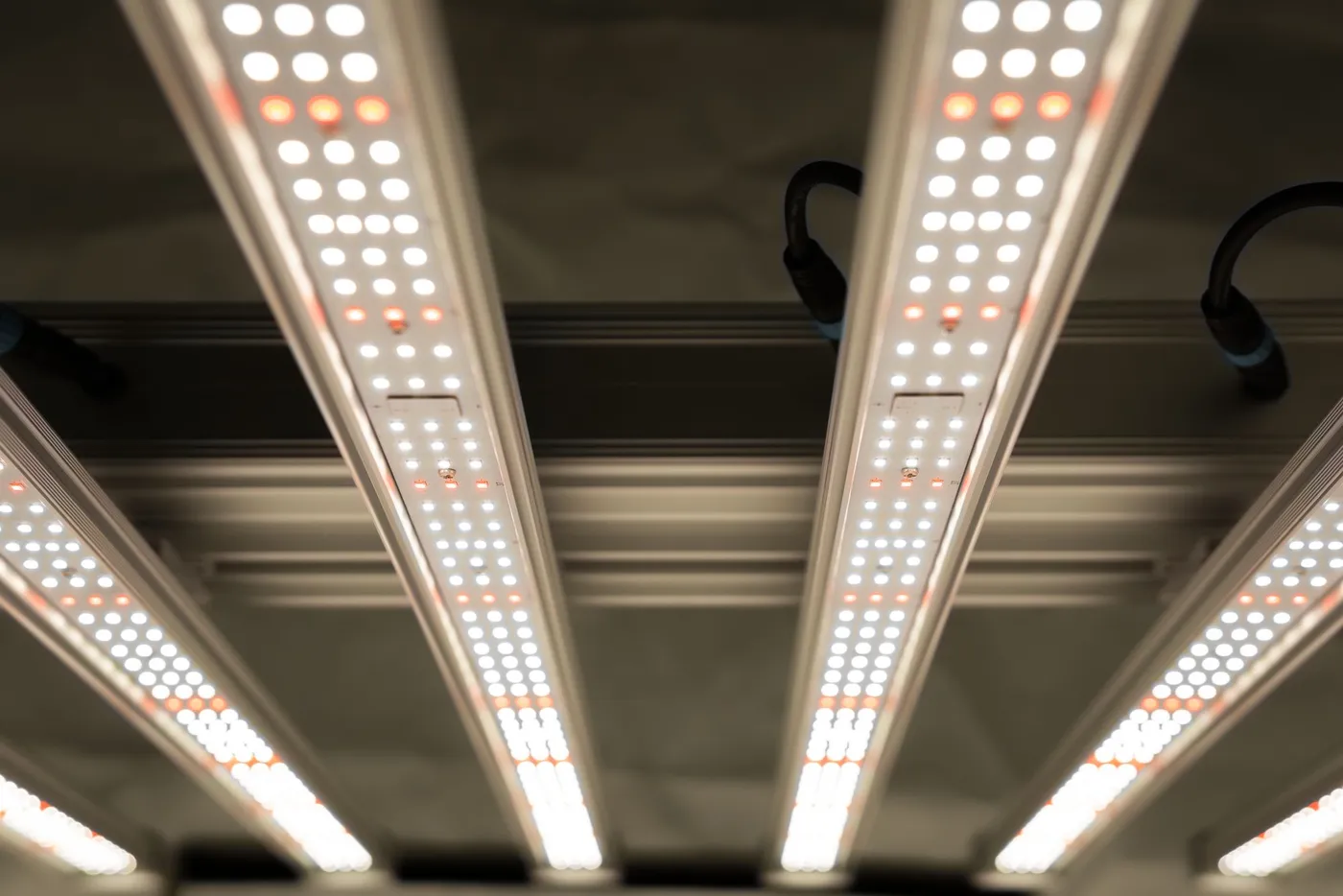
Auto-Translate
Contents
What Type of Lighting Do Plants Need?
The first rule of indoor plant cultivation is that not all lighting is created equal. This means that, in the world of plants, they do prefer a specific range of light.
This range is known as photosynthetic active radiation (PAR) and describes wavelengths of light between 400-700 nanometers. For humans, the majority of light looks the same; however, plants experience PAR lighting in a very different way.
When exposed to usable light, such as the light in between 400-700nm, plants undergo photosynthesis, phototropism, and photoperiodism. These three functions are the reason why plants can grow leaves, turn towards the light, and eventually flower.
Therefore, when choosing the right grow light for your indoor grow - you’ll need to find a grow light with an optimized PAR range that caters to your plant’s needs. Let’s take a look at the two dominant color spectrums of light that are commonly used for growing plants indoors.
The White and Blue Spectrum of Light
As the spring comes to a close and summer begins, the sun reaches its apex in the sky. Not only are summer days long, but the light produced by the sun is also incredibly bright. When measured, this light falls under the white and blue spectrum of the PAR range.
Research shows that the bright light associated with the 400-470nm range (bluish-white) promotes strong vegetative growth and increased rooting. It’s for this reason that many indoor cultivators choose to use grow lights that produce light within the 400-470nm range while vegetating their indoor crop.
The Red and Orange Spectrum of Light
As the summer months wane and autumn sets in, the sun no longer reaches its apex in the sky. Instead, the sun begins to skirt across the horizon as the days become shorter - and colder.
The light that’s associated with the angle of the sun during this transition to shorter days is 620-700nm (orange-red). Research indicates that the red-orange color spectrum is a prime influencer for plants to begin the flowering process.
In regards to indoor plants, cultivators use this natural mechanism to their advantage. By harnessing photoperiodism, indoor growers use grow lights that produce light in the 620-700nm range to promote robust flowering.
An Introduction to Common Indoor Grow Lights
When it comes to indoor grow lights - there are four types that are commonly used: high-intensity discharge lamps, plasma lamps, LED, and CFL. Let’s take a look at each and their associated technologies.
HID Lamps
High-intensity discharge lamps are the most popular lighting appliances for indoor cultivators. The primary reason behind the popularity of HID lamps is due to their sheer output of light.

HID lamps typically come in various wattage formats, such as 150 watt, 400 watt, 600 watt, and 1,000 watt. The higher the wattage - the stronger and more intense the light. Furthermore, HID lamps are available in the blue-white range (metal halide) and the red-orange range (high-pressure sodium). This means that indoor growers can fine-tune their indoor garden according to the plant’s stage of growth.
HID lamps require a heavy ballast, which is the source of the power that’s sent to the bulb. As the power reaches the bulb, the arc tube and electrodes produce a sustained current of electricity.
However, HID lamps are power-intensive, which means they consume a large quantity of electricity and produce an abundance of heat. Although HID grow light systems are affordable - they are by far the most expensive because they require a significant amount of electricity to power them and to cool down.
LED Lighting
LED lighting is another popular product to use for indoor plant cultivation. LED grow light systems are composed of a multitude of diodes, which are powered by an internal ballast.
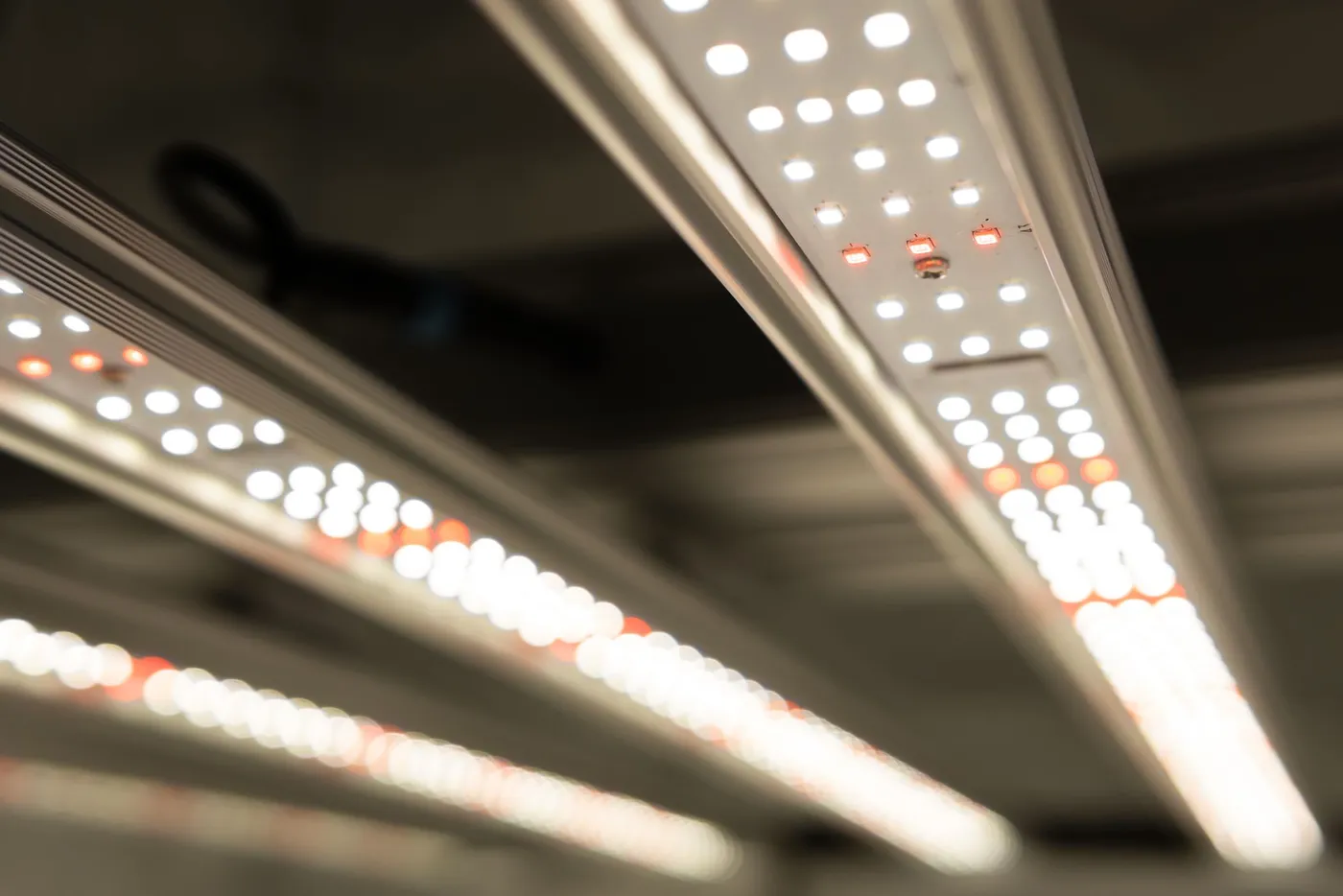
Not only are LEDs capable of emitting an abundance of light - they are typically composed of diodes that emit a specific color range. It’s because of this that many LED lights are considered full-spectrum. This means that a single LED light can emit red, blue, white, and orange light that’s optimized for plant growth.
Fluorescent FL and CFL Lighting
Fluorescent (FL) and Compact-fluorescent (CFL) bulbs are high-efficiency lights that are meant to save on energy costs. Although indoor growers can find FL and CFL lighting in appropriate color spectrums and wattages - they are limited in their use.

However, CFL lighting can be optimized for indoor cultivators that are working with a small amount of space - such as a closet or cabinet. Furthermore, CFLs can be used efficiently as supplemental lighting in addition to their primary lighting. FL tubes are also commonly used to provide light to seedlings and smaller plants in the earlier growth stages.
A Comparison Between Popular Indoor Grow Lights
Choosing the best grow light for your indoor grow is never easy. However, take a look at this chart to see the differences between various characteristics of each type of indoor grow light.
| Light | Cost | Efficiency | Lifespan |
|---|---|---|---|
| HID | Medium | Low | Medium |
| LED | High | High | High |
| FL/CFL | Low | Medium | Low |
How To Choose One Light Over The Rest
When it’s time to make a decision on which indoor grow light is best for you - it’s time to look at various factors that are specific to your indoor grow setup.
The first aspect to consider is the space of your grow room and the number of plants that it will contain. If you have a large number of plants and an abundance of space, then multiple LEDs or HID bulbs will suffice.
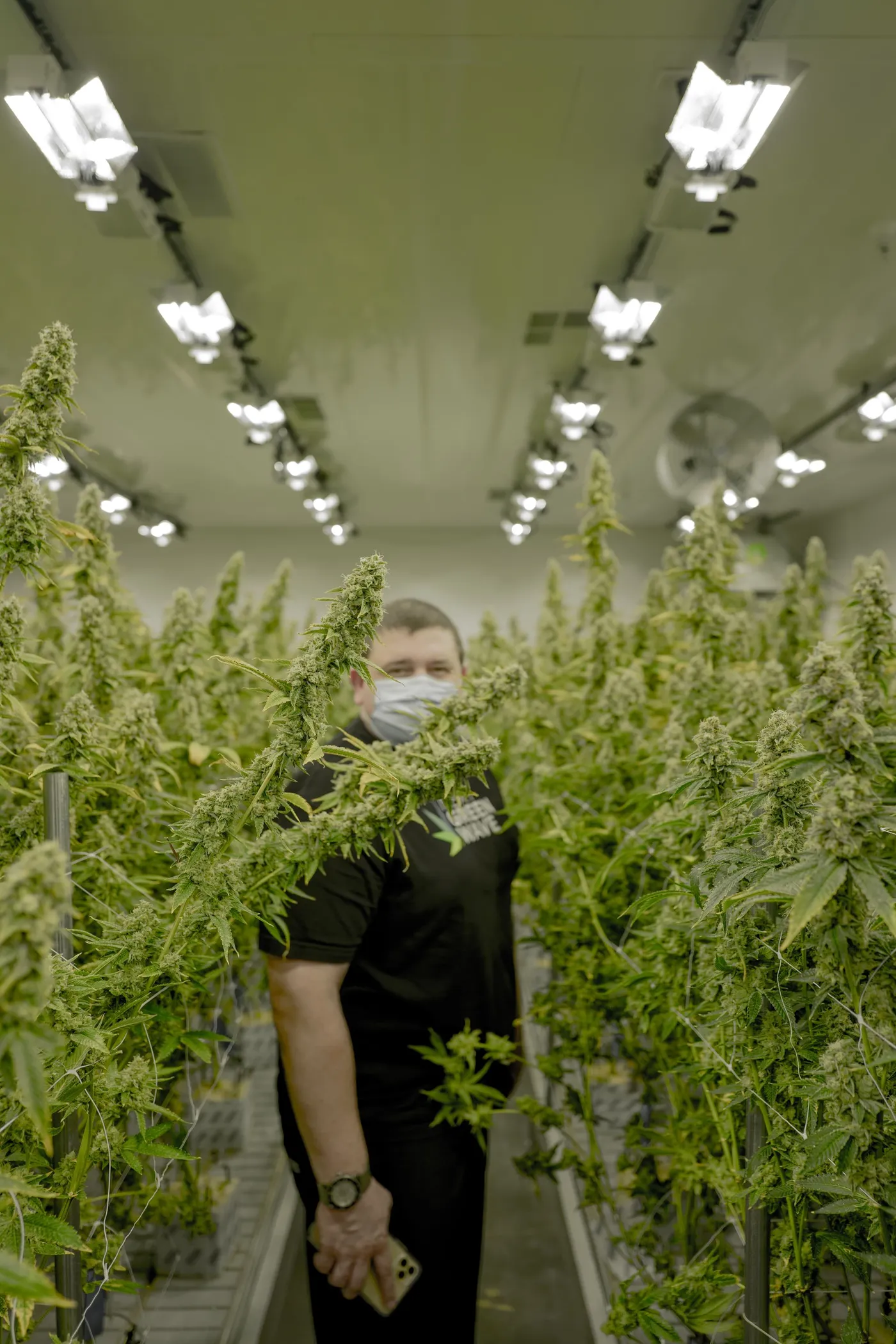
If you have a small area, then a single LED or HID bulb will be adequate. The overall objective with indoor growing is coverage, which means that it’s essential that the indoor grow light that you choose covers the plant canopy entirely.
The second aspect to consider is heat emission. LED grow light systems are by far the most efficient grow light systems because they do not emit an abundance of heat. Alternatively, HID bulbs produce a significant amount of heat, which will force you to use more electricity from an AC unit to cool the room down.
Which is Right For You?
When it comes down to choosing the best indoor grow light - it all depends on you.
Once you’ve decided which indoor grow light system is best for your indoor garden, it’s time to monitor your light with a portable light meter. Our light meter app turns your phone into a robust light meter that will reduce your electricity costs, maximize plant health, and increase your overall yield.
When it comes to indoor gardening, efficiency is key – and the Photone app helps your plants reach their potential.

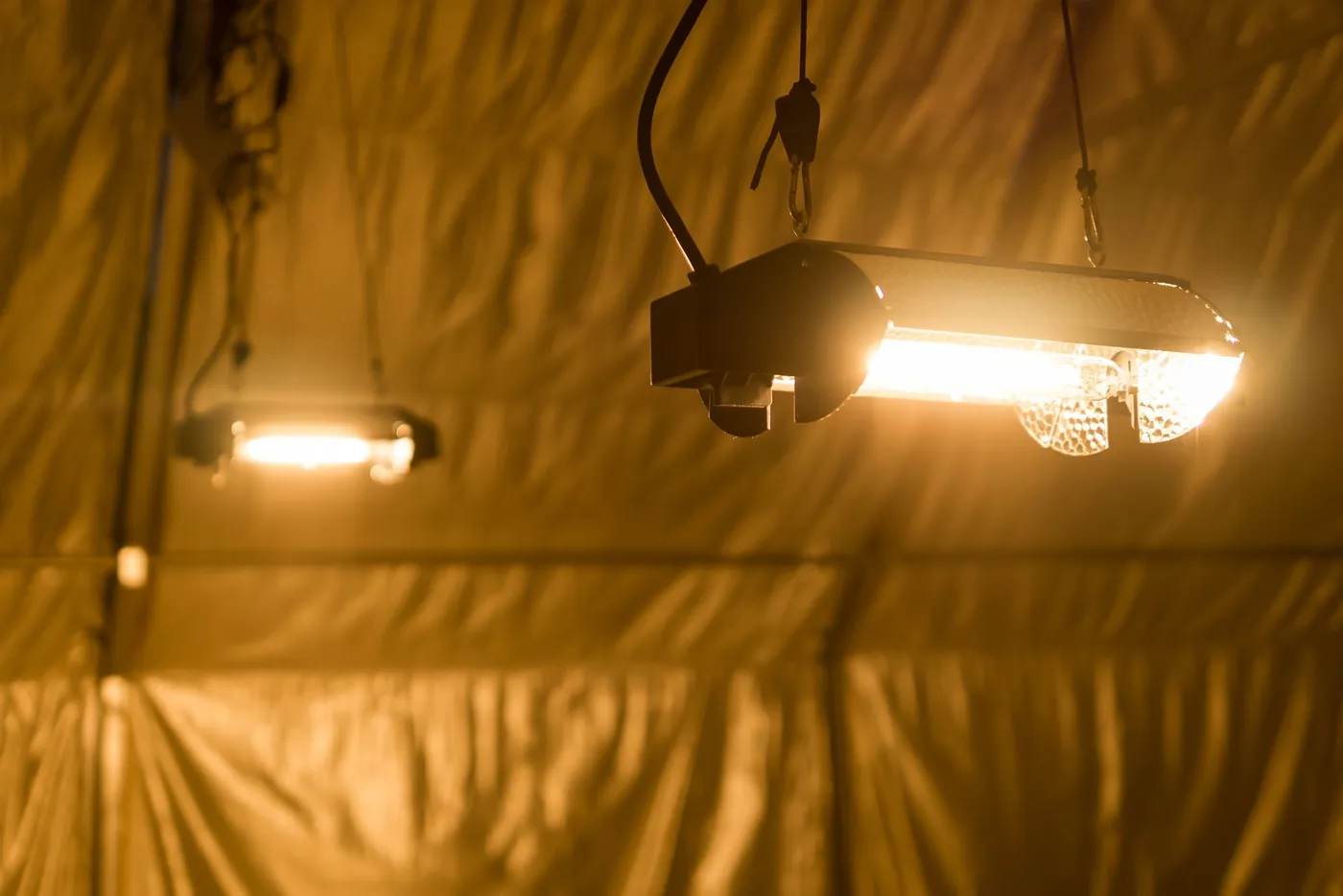
 Share This
Share This



